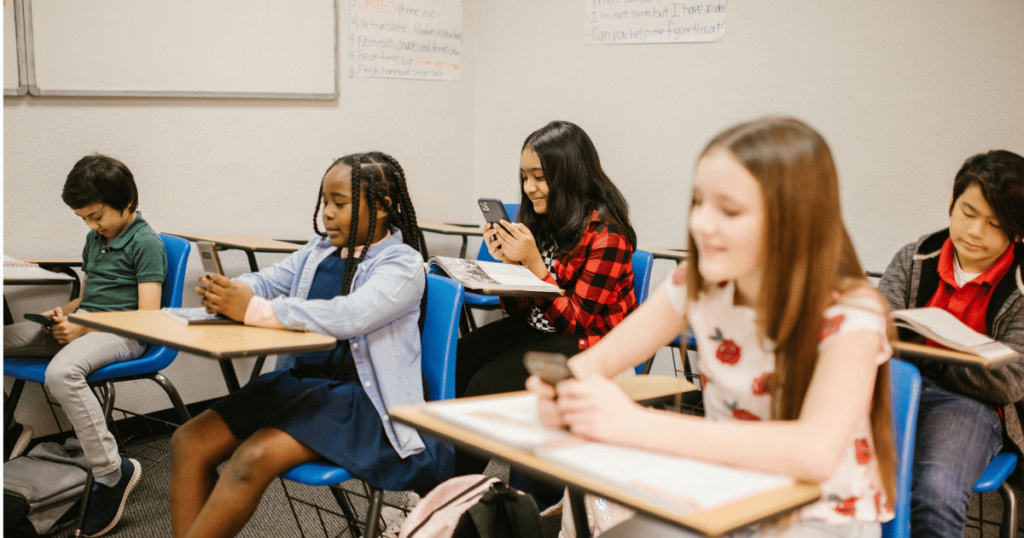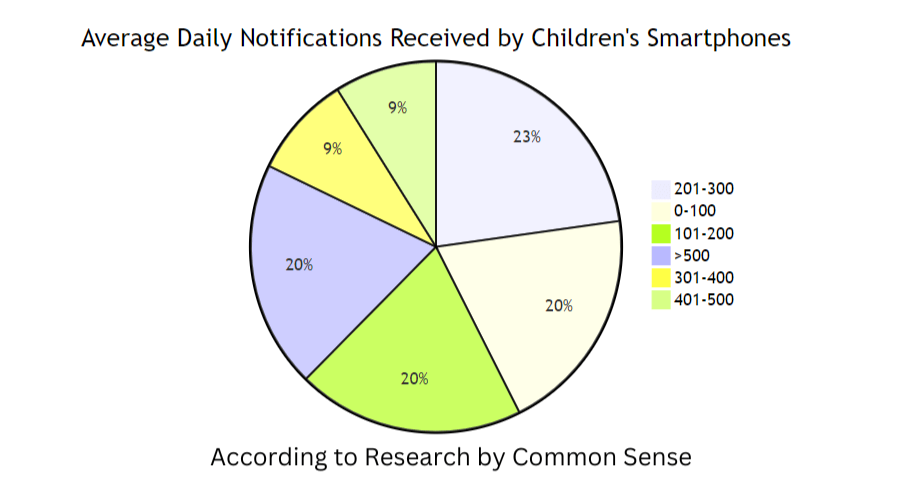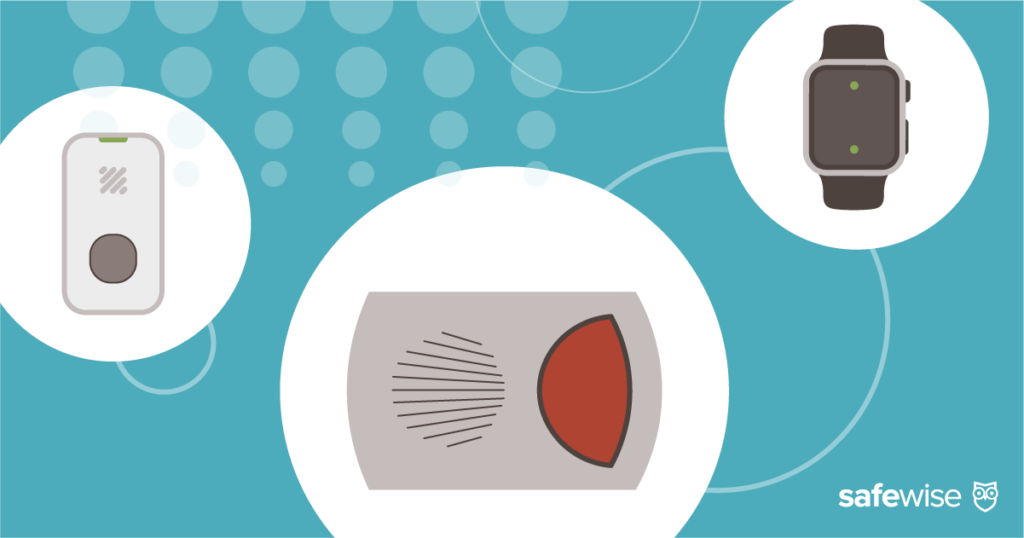New research from Common Sense (a nonprofit, independent children's media advocacy group) found some alarming trends in how kids aged 11 to 17 use their phones. Out of the 203 participants, 97% of kids use their phones during school hours for a median of 43 minutes, and over 50% of kids get 237 notifications per day. Most of these notifications are from Snapchat, Discord, and TikTok.
Here are some more surprising findings from the report:
- Almost 60% use their phones at night on school nights, primarily for social media, gaming, or YouTube.
- Some participants in the research used their phones up to 16 hours a day.
- Phones were checked anywhere from two to 498 times per day.
- TikTok was one of the most popular apps, used by 50% of the kids that participated in the research.
- 45% of participants used apps with mature (17+) or adult-only (18+) ratings, such as Pornhub, fantasy sports and betting apps, or violent games.







